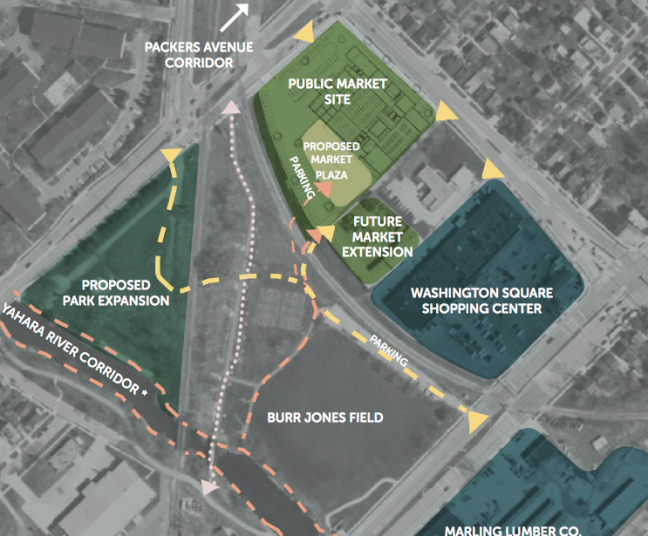After 10 years of discussion, the city finally has its first draft of a business plan for the Madison Public Market.
Though the idea has been on the table for a decade, the vision for the public market was reformatted when Mayor Paul Soglin was elected to his seventh term in 2011. Soglin created the Local Food Committee to focus on gathering information for the public market, Dan Kennelly, project manager for the public market, said.
The past year and a half has been dedicated to developing the business plan released last week, which included reaching out to prospective vendors, meeting with potential customers and identifying a location.
“The business plan is really just the first step,” Kennelly said. “There will be hurdles. But at this point, the business plan is looking pretty good.”
Many other major cities in the U.S. have public markets, including Seattle, Minneapolis and Chicago, Ald. Chris Schmidt, District 11, said.
Frequently, the city chooses to reuse an older, industrial area as the site for the public market, Schmidt said.
The current plan puts the market in what is currently the City’s Fleet Services garage on 1st Street, Kennelly said. The building is already owned by the city, which lowers the cost of the project by millions of dollars, Kennelly said.
“We found in our research that a lot of our prospective vendors and customers really want it to be on the east Isthmus,” Kennelly said. “Being able to tie in and connect to the river, it makes a really great public space that can tie in to nearby parks. It’s really ideal for conversion to a public market.”
Placing the public market on the east isthmus will hopefully increase access to healthy food for areas that have struggled with too little access to it, Schmidt said.
In terms of funding, the city is planning on budgeting money for the market, but Kennelly hopes that the state will also contribute. National grants and private sector funding are also potential resources, Kennelly said.
Agriculture is a central part of southern Wisconsin, and the Madison Public Market could serve as a central location to show off the rich local food culture, he said. There may be room for non-food vendors, but the development is currently food-based, Schmidt said.
Public markets play a unique role in allowing local people to start up small businesses, Kennelly said.
“Public markets have been a great way for diverse entrepreneurs to start a business, people who historically face barriers,” Kennelly said. “The city hopes that the public market can really be a positive force for economic opportunity in the city.”
The draft business plan presents a strong framework for the path forward, but community input over the next few months will help provide further input, Ald. Mike Verveer, District 4, said.
There are two upcoming meetings for the community to get involved in the development process for the public market.
May 26 at 6:30 p.m., there will be a community meeting at the Goodman Community Center on Waubesa Street. June 3, a vendor meeting will be held at the same time and place.












